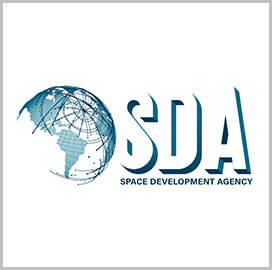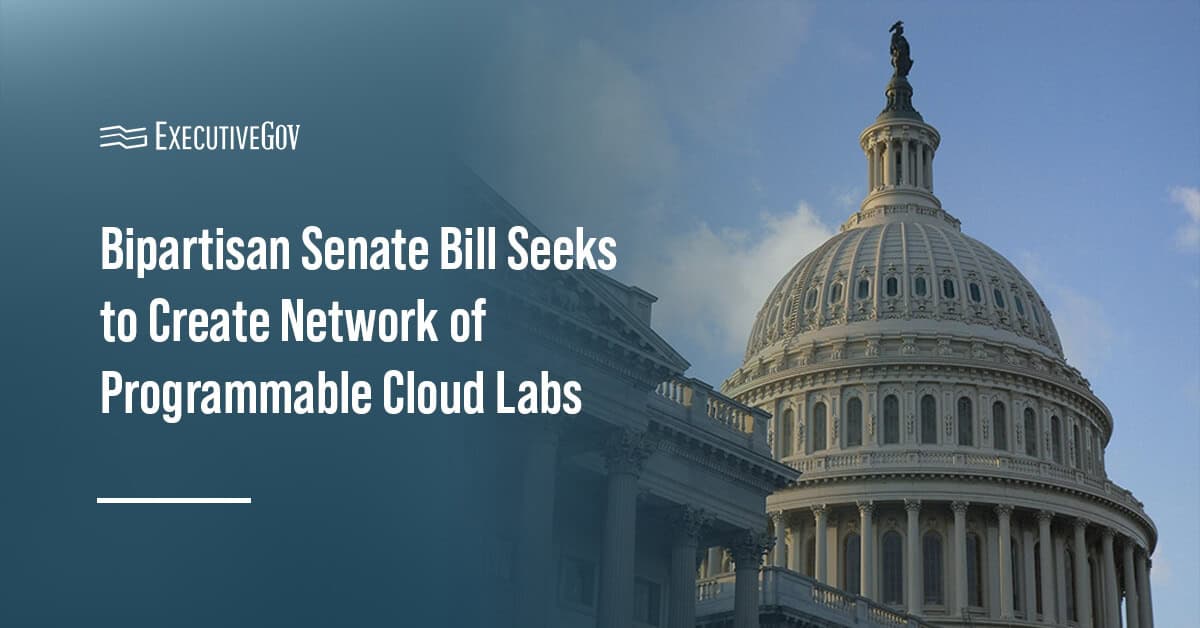The Space Development Agency is requesting industry input on the technical and manufacturing readiness of space antenna array payloads for future SDA tranches or experimentation.
SDA said Tuesday it envisions using antenna arrays to enable smaller, proliferated space vehicles to operate in contested environments in support of future space efforts, including the Tranche 2 Demonstration and Evaluation System and Tranche 3 Transport and Tracking Layers.
The agency is interested in antenna arrays that can operate in L-band, S-band, combined L-band and S-band, Ka-band and ultra-high frequency.
Interested parties have until Nov. 17 to respond to the request for information.
In September, SDA issued a request for proposals for the development of approximately 54 prototype satellites to enable the Proliferated Warfighter Space Architecture’s Tranche 2 Tracking Layer.





